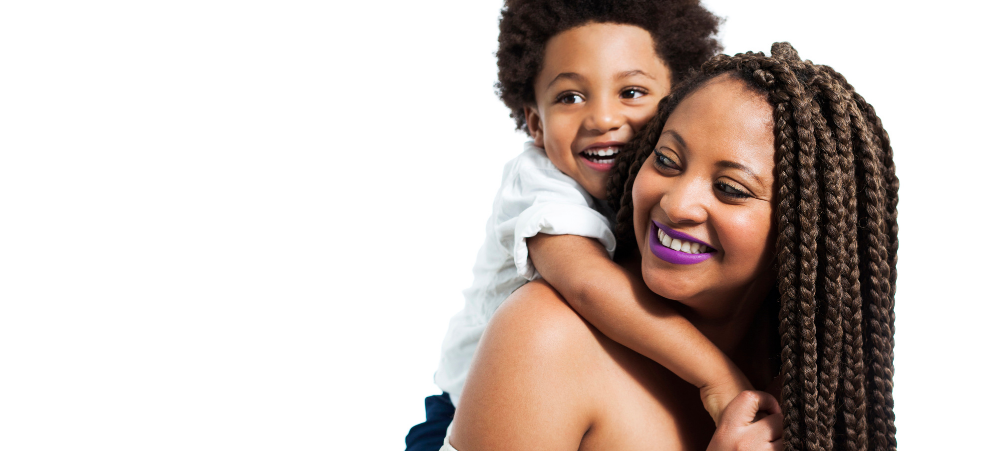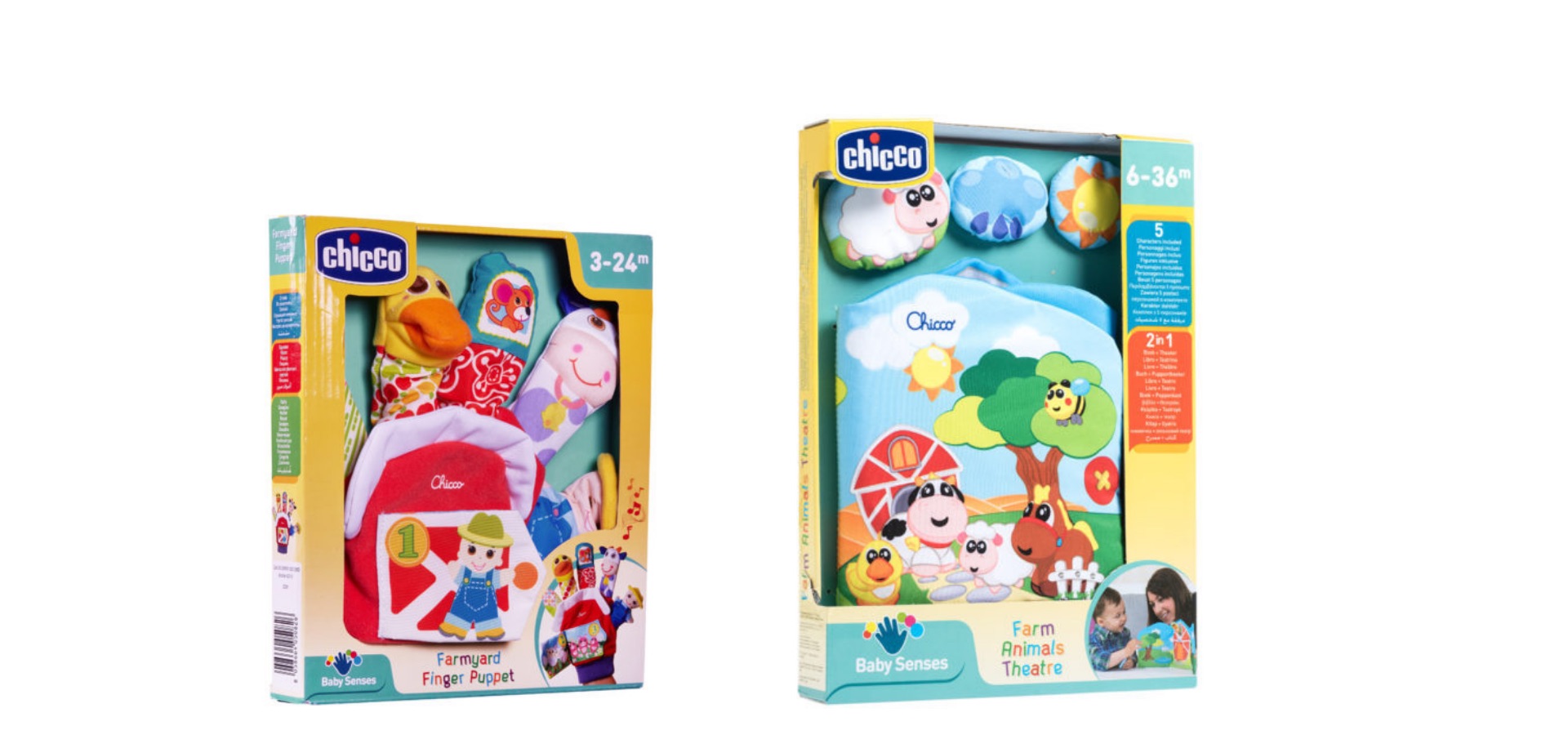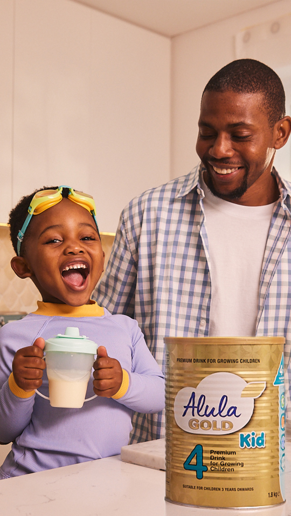
Why Screens Make Bad Childminders
“Computer games don’t affect kids, I mean if pac-man affected us as kids, we’d all be running around in darkened rooms, munching magic pink pills and listening to repetitive music.” Unknown According to research, middle and upper class South African children spend about five hours a day in front of a television, computer or smartphone screen. That makes screen time the leading activity for young people after sleep. Due to the limited South African research available. I used the American Academy of Pediatrics (AAP) research. They have found that too much screen time negatively affects child development. They recommend no screen time at all for children under the age two, and no more than two hours per day of high-quality programming for older children. The AAP also recommends keeping televisions, computers and video games out of children’s bedrooms. How does this screen time affect your child on a day to day basis? Obesity, Advertising and Body Image Studies have shown a link between childhood obesity and media exposure. Watching television and playing video games are passive activities that take time away from the exercise children should get from active play. Additionally, the more television a child watches, the more junk food commercials that child is exposed to. Children are more easily influenced by advertisements than adults because children don’t always understand their persuasive intent. Media consumption can also contribute to negative body image in children and adolescents. Movies, television and magazines depict unrealistic standards of beauty that can encourage eating disorders and other unhealthy behaviors in both males and females. Media and Violence Violence is pervasive in television, movies and video games; even the nightly news and children’s cartoons can contain violence. Children with emotional difficulties might be especially affected by violent images. Playing video games is a popular pastime among children and adolescents, but parents should be aware that many of the bestselling games are violent, and often feature killing as their primary focus. Media and Sexuality Children are easily influenced by what they see and hear, and studies have found that children who see sexual material in the media tend to engage in sexual activity at an earlier age. Parents of primary school children are urged to keep all sexual content out of their children’s media diet. Parents should also take care to set up search filters on their internet search engine so that children do not accidentally stumble across sexually explicit images. Tips for parents If your child is not old enough to watch a programme or play a game due to age restrictions, don’t give in! This could harm your child. Be sensitive to each child’s emotional state. Teach your child that it is okay to leave a movie or to turn the TV off, if they become uncomfortable. Be careful of the advertisements when watching sport, or in between children’s programmes. They often play trailers of programmes or movies you would not want your child to watch. Children are more easily influenced by advertisements than adults because children don’t always understand the persuasive intent of adverts. Advert can be scary! Giving a child too many options can be as negative as allowing them none. A child thrives in an environment that has boundaries, structure and consequences. This can be proven by the games they play, television they watch and even their interaction with their peers. The same rule should be applied at home. The bottom line is to power off regularly to help your child understand the clear boundaries between the virtual world and the real one. By Ben McCarthy, Principal of Pinnacle College Copperleaf


































